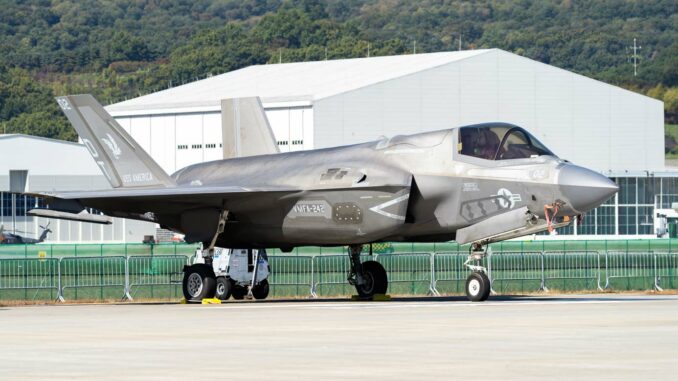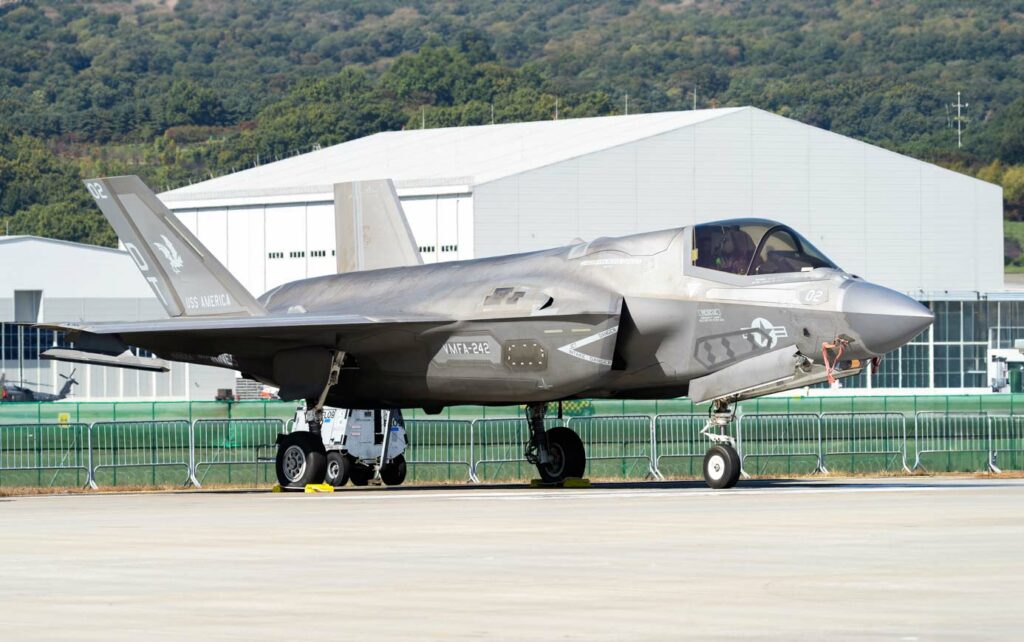
The arrival of F-35 fighter jets at Truax Field Air Force Base has generated controversy due to their noise impact on local residents. Despite the economic benefits and jobs created, excessive noise levels pose public health and quality of life issues, especially for low-income communities and surrounding schools.
A dilemma between progress and nuisance
The presence of F-35 jets at Truax Field represents a significant technological advance for the US military, but also a source of nuisance for local residents. These fighter jets, although essential to national defense, have caused major disruption to the daily lives of local residents.
The F-35 jets, known for their power, generate considerable noise during take-off and landing. Residents like Tom Berman testify to the negative impact of this noise on their quality of life and health.
Economic and professional consequences
The presence of these jets sustains many jobs and stimulates local economic activity. However, it also affects small businesses like Berman’s, which are hampered by excessive noise.
Studies show that exposure to an average noise level in excess of 45 decibels, as is the case with the F-35, can have adverse effects on health. Nearby schools, such as Hawthorne Elementary, are particularly affected, with students disturbed and stressed by the noise.
Prolonged exposure to this noise level could cause hearing problems, increase stress and even raise the risk of cardiovascular disease in local residents.
Low-income neighborhoods and communities of color, already facing socioeconomic challenges, are disproportionately affected by this noise nuisance.
Efforts are underway to study and mitigate the noise impact of the F-35, but these are hampered by delays and standards deemed obsolete. In addition, federal aid for noise mitigation will not be available until next year at the earliest.

Debate on noise standards
The current 65-decibel standard used by the FAA is considered outdated by many experts and residents. It does not reflect recent research indicating potential damage at lower levels.
Administrative procedures and necessary studies delay the implementation of concrete measures, leaving residents exposed to noise for long periods.
Socio-economic and educational consequences
Schools close to the airport, such as Hawthorne Elementary School, experience interruptions and increased stress due to noise. Students and teachers are disrupted, affecting the educational process.
Low-income areas around the airport suffer a double burden: noise pollution and a lack of resources to deal with it effectively.
The installation of the F-35 at Truax Field raises a dilemma: how to reconcile the imperatives of national defense with the right of citizens to a healthy and peaceful environment. The authorities and the armed forces must find a way to reduce the noise impact of the jets on local communities, while maintaining the base’s operational capabilities.
Residents, like Tom Berman and Melina Lozano, express a sense of abandonment and call for more concrete and rapid action to mitigate the noise nuisance.
The installation of the F-35 jets at Truax Field represents a complex challenge, involving issues of national defense, public health and social equity. It is crucial that the authorities take swift and effective action to mitigate the noise impact of these aircraft on local communities, taking into account the latest research and the specific needs of affected residents. The balance between military imperatives and citizens’ quality of life remains a sensitive issue that requires ongoing attention and action.
War Wings Daily is an independant magazine.